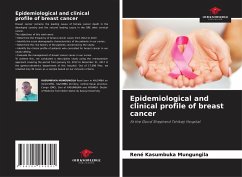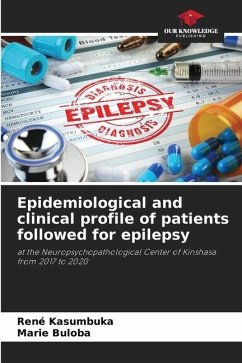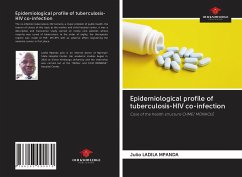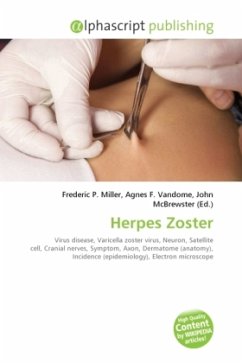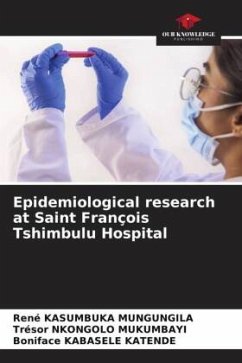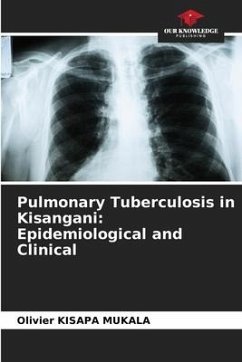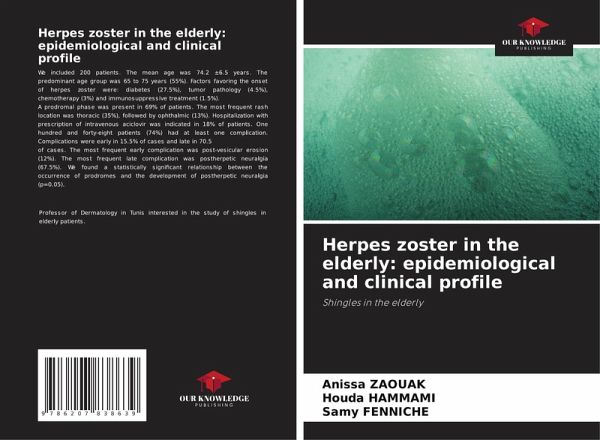
Herpes zoster in the elderly: epidemiological and clinical profile
Shingles in the elderly
Versandkostenfrei!
Versandfertig in 6-10 Tagen
29,99 €
inkl. MwSt.

PAYBACK Punkte
15 °P sammeln!
We included 200 patients. The mean age was 74.2 ±6.5 years. The predominant age group was 65 to 75 years (55%). Factors favoring the onset of herpes zoster were: diabetes (27.5%), tumor pathology (4.5%), chemotherapy (3%) and immunosuppressive treatment (1.5%).A prodromal phase was present in 69% of patients. The most frequent rash location was thoracic (35%), followed by ophthalmic (13%). Hospitalization with prescription of intravenous aciclovir was indicated in 18% of patients. One hundred and forty-eight patients (74%) had at least one complication. Complications were early in 15.5% of ca...
We included 200 patients. The mean age was 74.2 ±6.5 years. The predominant age group was 65 to 75 years (55%). Factors favoring the onset of herpes zoster were: diabetes (27.5%), tumor pathology (4.5%), chemotherapy (3%) and immunosuppressive treatment (1.5%).A prodromal phase was present in 69% of patients. The most frequent rash location was thoracic (35%), followed by ophthalmic (13%). Hospitalization with prescription of intravenous aciclovir was indicated in 18% of patients. One hundred and forty-eight patients (74%) had at least one complication. Complications were early in 15.5% of cases and late in 70.5of cases. The most frequent early complication was post-vesicular erosion (12%). The most frequent late complication was postherpetic neuralgia (67.5%). We found a statistically significant relationship between the occurrence of prodromes and the development of postherpetic neuralgia (p=0.05).




